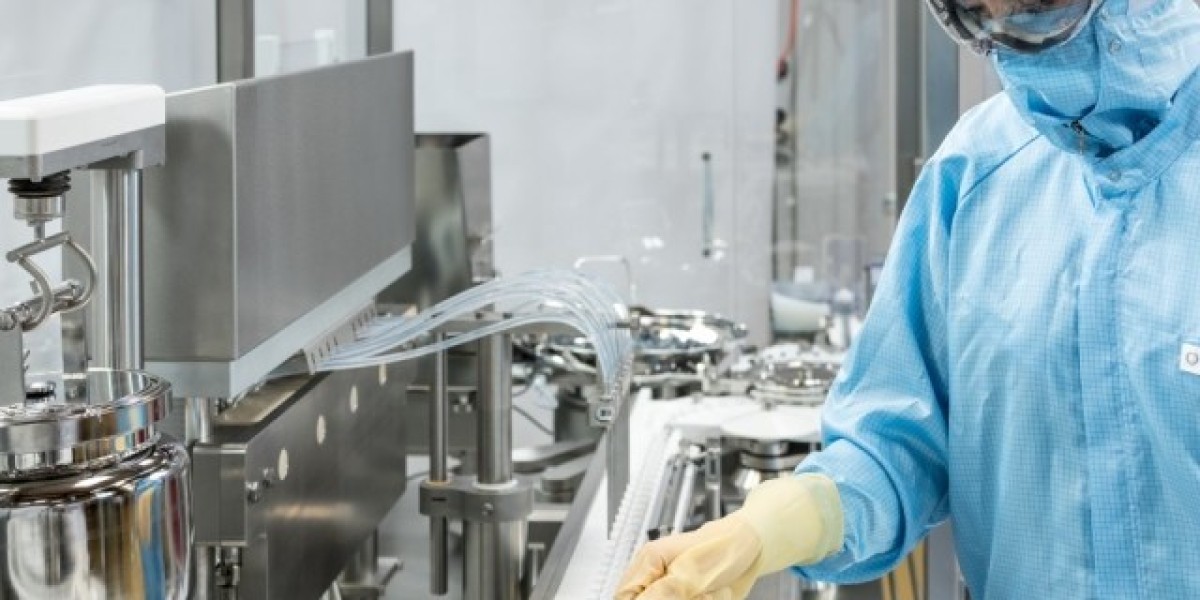Aseptic processing, sometimes called aseptic packaging or aseptic preparation, refers to the process of packaging sterilized or heated food in a way that prevents recontamination and allows the food to be stored without refrigeration. This technique uses advanced sterilization processes to kill any potentially pathogenic microorganisms in the food product and packaging materials prior to filling and sealing the package. By maintaining sterilized conditions throughout the entire process, aseptically packaged foods can be safely stored at room temperature for extended periods of time without risk of spoilage.
Methods of Sterilization
Several different sterilization methods are commonly used during Aseptic Processing to eliminate microorganisms. Thermal sterilization involves applying heat to the food and packaging materials, generally through hot filling, tunnel pasteurization, or retort processing. Temperatures are precisely controlled to kill bacteria, yeasts, molds, and viruses while minimizing nutrient and sensory impacts on the food. Non-thermal methods like high-pressure processing, pulsed electric fields, UV radiation, filtration, and chemical sterilization are also utilized alone or in combination with heat treatments. Using multiple barriers from sterile raw materials to highly controlled aseptic environments ensures destruction of all potentially harmful organisms.
Aseptic Packaging and Filling
After sterilization, the next critical step is maintaining sterility throughout packaging and sealing. Packaging materials like paperboard cartons, plastic bottles, and aluminum cans are manufactured and stored under sterile conditions. The packaging equipment, pipes, valves and containers are sterilized and kept free of contamination prior to filling. Strict hygiene protocols prevent reentry of microbes during these processes. The sterilized food product is conveyed into the packages through enclosures or tunnels filled with sterile air to block particulates. High-speed filling and sealing must occur before any microbes can settle inside. Proper validation testing confirms no survival or growth occurs under recommended storage conditions.
Benefits of Aseptic Processing
By removing the need for refrigeration during storage, aseptic processing provides significant benefits for both consumers and food manufacturers. It allows shelf-stable products to be transported and stocked at room temperature, reducing costs associated with refrigerated logistics and retail space. This technology has enabled entirely new non-perishable categories like shelf-stable dairy, fruit juices, soups and baby formula. It also minimizes food waste from spoilage compared to conventional canning or retorting. For consumers, the availability of nutritious fresh and fresh-like products without refrigeration provides greater meal flexibility and accessibility. Overall, aseptic processing plays a key role in meeting worldwide demand for convenient, affordable and safe packaged foods.
Quality Assurance in Aseptic Facilities
Maintaining the sterile production environment is crucial for aseptic safety and quality. Facilities undergo validation and strict monitoring to control potential contamination sources. Areas where sterilized materials interact are classified and maintained at higher pressures relative to surrounding spaces using airlocks. Personnel follow hygienic practices like protective clothing, air showers and restricted access zones. Surfaces, air, water systems and personnel are routinely sampled and tested to confirm absence of pathogenic spores or microbes. Robust validation and product challenge testing guarantees process lethality under worst-case scenarios. Regular audits against standards like ASEPTIC, as well as microbiological and physical testing on finished product batches ensure consistent, high-quality production.
Advances in Aseptic Technology
Continuous innovation further strengthens aseptic safety. Advanced sensors, monitoring and controls allow for real-time process adjustments. 3D TRASAR technology uses laser pulses to non-invasively track particles during filling for immediate interventions. New sterilization methods like pulsed light are faster and more precise than heating. Aseptic packaging formats are adapting to consumer demands - for example, stand-up pouches and spouted cartons gain advantages in portion sizes, resealability and shelf presentation over rigid containers. Novel aseptic filling machines are faster, more compact and better able to handle viscous or particulated products prone to microbial risks. Looking ahead, areas like artificial intelligence, robotics and ‘industrial internet of things’ integration will further optimize the aseptic value chain. These ongoing advances ensure processing remains a leading solution for global food security and accessibility.
Aseptic processing utilizes advanced sterilization, sterile environments and high-speed packaging technologies to produce shelf-stable foods completely free of pathogens and spoilage microbes. Strict hygienic and validation protocols guarantee consistent microbial safety during storage at room temperature. This innovative preservation technique provides significant nutritional, economic and social benefits by facilitating affordable access to perishable foods anywhere without refrigeration needs. Continuous improvements in aseptic facilities, equipment and quality control keep this vital food production system operating at the highest standards of safety, quality and efficiency.
For More Insights Discover the Report In language that Resonates with you
Get more insights: Aseptic Processing
Explore more article: Halal Food Market
About Author:
Money Singh is a seasoned content writer with over four years of experience in the market research sector. Her expertise spans various industries, including food and beverages, biotechnology, chemical and materials, defense and aerospace, consumer goods, etc. (https://www.linkedin.com/in/money-singh-590844163)








